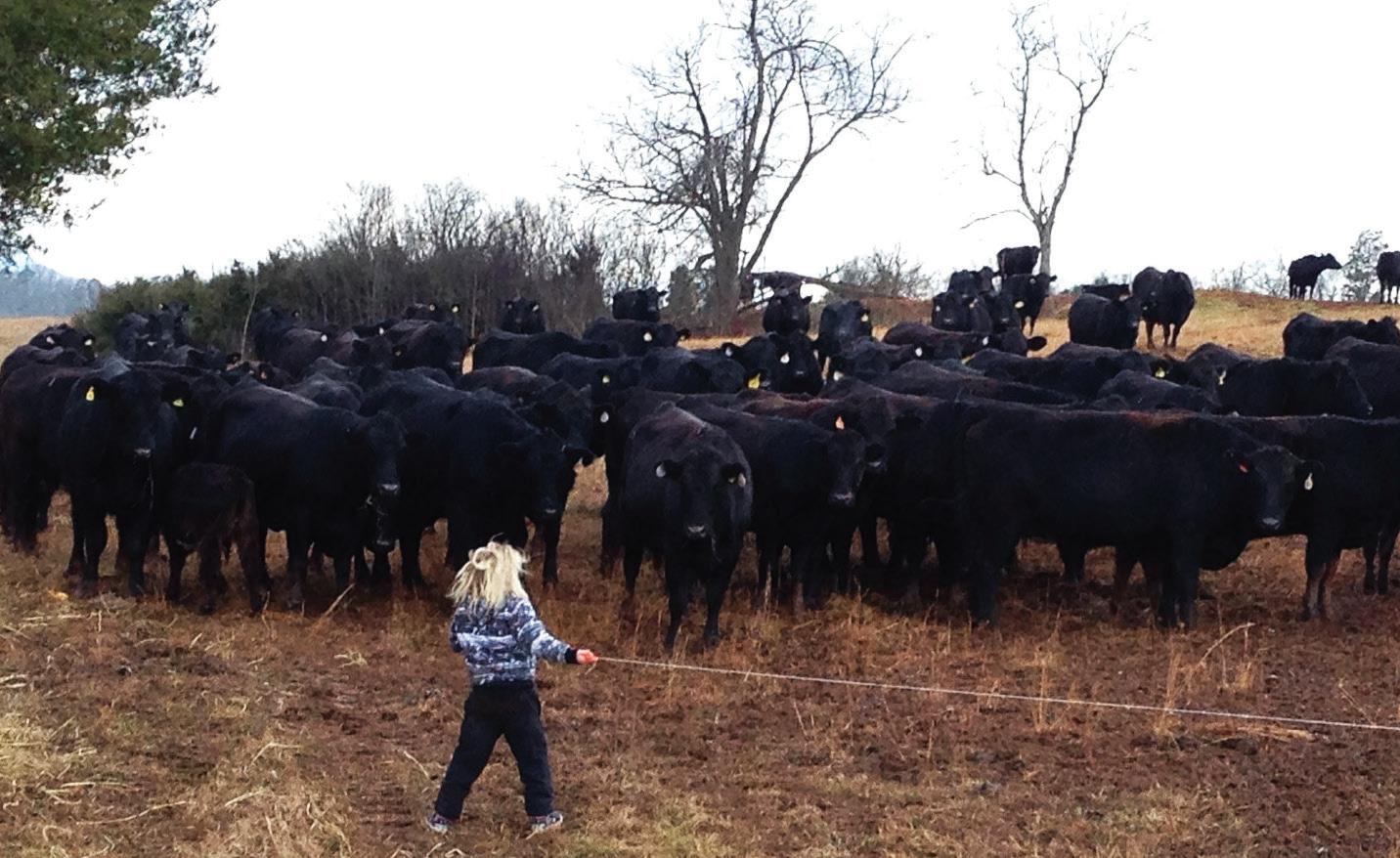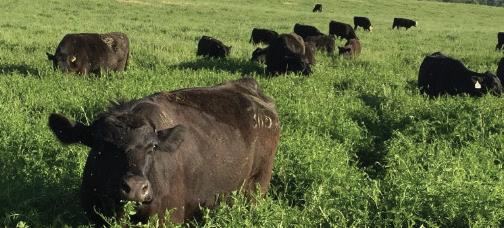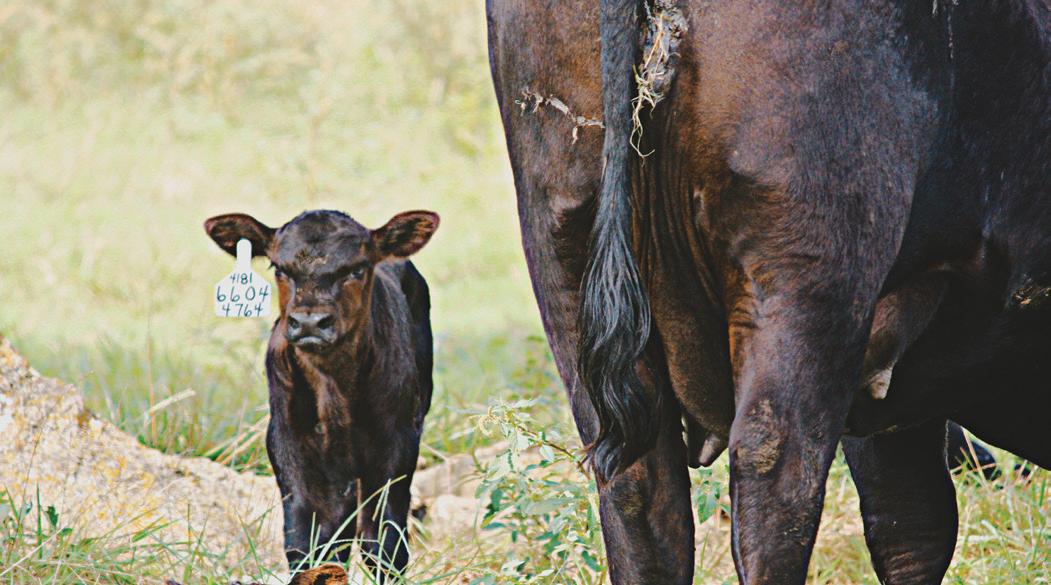
13 minute read
Veterinary Advice: Dr. Lew Stickland, ”Tips for A.I. Success”
TIPS FOR A.I. SUCCESS
BY LEW STRICKLAND, DVM
Advertisement
Spring breeding season will be here by the time you are reading this article. I realize that a large majority of TN producers are utilizing natural service (I’m writing this article while conducting BSE’s on the bulls at the UT bull test) however, some of you utilize artificial insemination (A.I.). There are several advantages to A.I. as in genetic improvement through access to semen without having to own the bull. Also, there is not the expense and maintenance of a bull in your pasture. While the technology of A.I. has advanced through the years, the basic principles are the same. Here are some ‘back to the basics’ tips for your A.I. program.
Proper Semen Handling
Depending on the sire, semen costs can add up quickly. Therefore, it’s crucial to make sure you handle the semen properly. Bull semen survives rather well with rapid plunging to -320°F, and quickly thawed to 95°F, however fluctuation in temperatures is detrimental. Using tweezers to handle the semen straw instead of your fingers will prevent thawing one portion of the straw ahead of the remainder. Additionally, if you are breeding multiple animals, it is recommended only handling the number of straws that you can successfully use within 15 minutes of thawing.
Once the straw is removed from the tank, shake it to eliminate any liquid nitrogen at the end of the cotton plug and then submerge in your thaw box. The semen should then be thawed at 95°F for 45 seconds. If this temperature is not accurate, the improper thawing could affect the quality and viability of the semen.
Loading the Cassou Gun
Once the semen has been thawed, it’s time to load the Cassou gun (make sure you’ve got the right bull!) Try to complete this process as quickly as possible, but not so fast that you are making mistakes. I personally prefer warming the gun by holding it my armpit for several minutes while I am preparing my equipment. Next, pull the plunger back about 6 inches, then wipe any excess water from the straw and place the straw inside with the cotton plug first. From there, cut the sealed end of the straw at a 90° angle, slide the plastic sheath tightly to seal and prevent back flow, then place the Cassou gun between your body and shirt to maintain the optimal temperature. I often will wrap the end of the gun with a paper towel to ensure extra insulation, and the towel is handy for cleaning the cow’s vulva.
Passing the Cassou Gun
It is typically recommended to use your left hand in the rectum and right hand to guide the insemination gun, but that may not work for everyone as your dominant hand may differ. Use a new breeding glove for every insemination and lubricate the glove with a commercial A.I. lubricant. Forming a cone like shape with your fingers, gently enter the rectum and remove excess manure. Try your best not to remove your hand while cleaning out the rectum. This can easily introduce air and will make your job more difficult. Next, clean the vulva to prevent contamination and slowly insert the gun. I recommend inserting upwards at a 30° angle to prevent the gun from accidently entering the bladder. I often teach my students to think of it as “up and over.”
When the gun is 6 inches to 8 inches inside the vagina, raise the rear of the gun to level position and slide forward until it contacts the beginning of the cervix. If the gun is getting caught in the folds of the vagina, try stretching the cervix away from you with your left hand to free the gun and allow easier passage to the cervix. Once the cervix has been located, manipulate it over the gun to detect the cervical rings. Work the cervix over the gun, not the gun through the cervix, and never use force. The gun should slide freely with little resistance once the rings have been cleared.
Depositing
After the cervix is over the gun, it’s time to deposit the semen. Ideally, semen should be deposited just beyond the cervix into the uterine body. I feel for the tip of the gun once inside the internal ring of the cervix, and I know I’m in the right spot. Another analogy I use here is like shooting a rifle. Don’t pull the trigger as you might move your sights off the target. Squeeze the trigger, or in this case use your index and middle finger to grip the metal ring on the Cassou gun and slowly press the plunger with your thumb to deposit the semen. Once finished, gently remove the gun. Check for any abnormal discharge and note it in your breeding records. Some recommend horn breeding, which is going further up into the horn, but research has shown there is no difference in depositing the semen in the uterine body or horn breeding. This research also shows that even if horn breeding is used, the semen still reaches both horns.
Records and Clean Up
Last, but not least, it’s time to clean your equipment. Before taking off your breeding glove, remove the used sheath. Then dispose of your used glove and clean equipment thoroughly (no disinfectant, water only). Lastly, recheck to make sure the desired bull was used and note all information in your breeding records.
Our Extension program will restart the A.I. training program now that there is a new beef cattle reproductive specialist at MTREC. You can contact the center to inquire when the program will resume. If you have any questions, contact your Extension agent or me. 865-974-3538, lstrick5@utk.edu, or askdrlew.tennessee.edu.
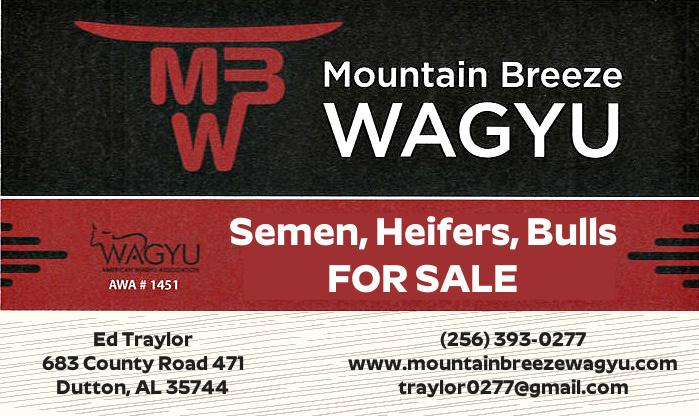


Your Dollar Does
Valerie Bass, TBIC Executive Director
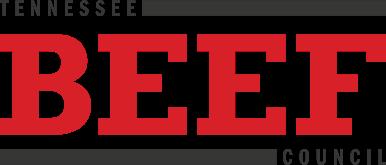
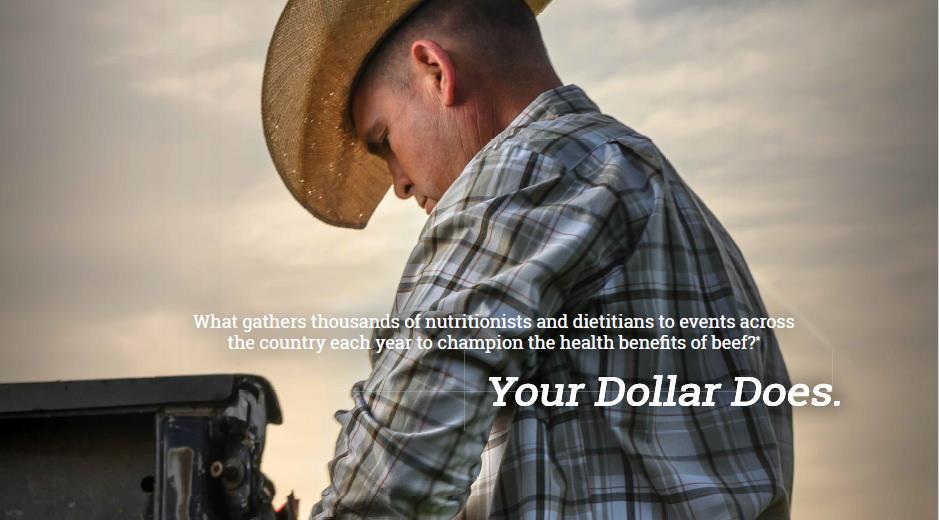
Did you know?
• Every time a bovine animal is sold ‘private treaty’ (directly marketing beef products to consumers*, farmer to farmer, special sale, etc.,) $1.50-per head is due ($1.00 Beef Checkoff /
$0.50 State Promotion)
How are Dollars being used?
• Advertising and promotion of beef • Food safety, health and nutrition outreach • Educating consumers about beef’s role in a healthy diet • Refuting issues that could negatively impact the industry
Who pays?
• In most instances the seller pays the Checkoff, however both parties are responsible to ensure the remittance ($1.50 / head) is submitted. Failure to do so, is a violation of federal and state law and may be subject to late fees & penalties. This form is designed for the seller to use in all private treaty sales. *
Direct Marketing transactions only are exempt from State $0.50
How do you pay?
• Complete a Private Treaty Sales Investment Form and send it with your check to the Tennessee Beef Council, 530-A Brandies
Circle, Murfreesboro, TN, 37128. For more forms call (615) 8965811 or visit TNBeef.org
Tennessee Beef Checkoff & Beef Promotion Program
Private Treaty Sales Investment Form Date: ___________________________________ Seller: __________________________________ Address: ________________________________ City, State, Zip: ___________________________ Seller’s Signature: _________________________ National Total # Sold: ____ x $1 per head = $_______ State Total # Sold: ____ x $0.50 per head = $_______ Total amount remitted $_________ Date of Sale: __________ State of Origin: ______ Buyer: __________________________________ Address: ________________________________ City, State, Zip: ___________________________ Buyer’s Signature: ________________________ Person remitting assessment:
Tennessee Beef Industry Council 530-A Brandies Circle, Murfreesboro TN 37128
Generational Stewardship Remains Strong at Lick Skillet Farm
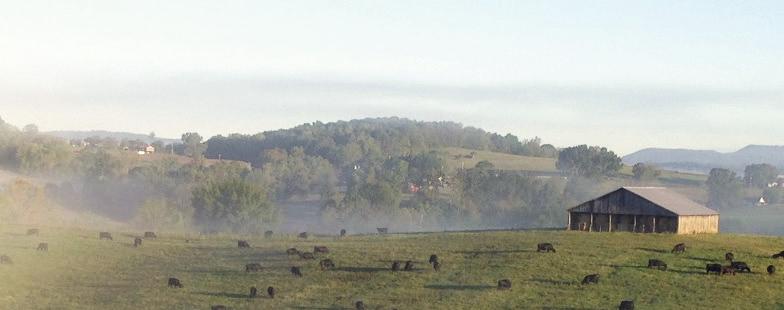
Story by Charles Hord. Photos provided.
More than a century ago, George A. Miller, a struggling sharecropper, scraped up enough money to buy a small farm near the Holston River, northwest of New Market, in Jefferson County, Tennessee. The hillside farmland was badly eroded, with much of its life and resources gone. Neighbors warned that the land was "done wore out" and speculated he would "never make a go of it," and would end up having to "lick the skillet." But it was all he could afford, and through good stewardship, he managed to raise up cattle, tobacco, corn, cereal grains, hogs, chickens, and nine children on that land.
The farm remains in the family today with the third, fourth and fifth generations living and working on the farm. They are continuing their family’s stewardship practices and provide locally produced products to the community through Lick Skillet’s direct marketing farm operation.
Wyn Miller, great granddaughter of George A. Miller and the granddaughter of George and Betty Miller, works on Lick Skillet Farm full time. Her parents, brothers, nieces and nephews live on the farm and provide assistance in a variety of roles.
Lick Skillet operates a cow calf and grass-fed finishing operation, as well as pasture-raised hogs poultry, eggs and lamb for direct marketing. They sell through Farmers Markets, a website that includes a subscription service with pick up points and to local restaurants and grocery stores. Wyn believes locally provided food provides additional income for producers, processors, and others in the community while reducing costs associated with shipping beef out west. Wyn enjoys interacting with and educating consumers on what farmer’s do and finds the community feels a connection with the farmers they purchase from.
Wyn, a landscape architect by training with experience working with municipal water and soil quality engineering projects continues the focus on stewardship including incorporating silvopasture into the farm. Silvopasture (silva is forest in Latin) is the practice of integrating trees, forage, and the grazing of domesticated animals in a mutually beneficial way. Wyn Miller shared she has always loved planting trees and has since she was a little girl. She has found having trees strategically planted in a pasture not only provides necessary shade for the cattle and other livestock on the farm but can also help maintain the digestibility of the forages available although they may decrease overall biomass. Deep rooted trees do not compete for available water but can benefit stands particularly during dry conditions. She stresses a single tree in a pasture will just result in an area where livestock congregate but several can have a positive impact. Planting the correct species of trees also matters. Wyn has worked with the EQIP program through NRCS as well as a carbon credit market program through a tech platform called Working Trees. Working Trees promotes silvopasture and acts as a third-party conduit for producers to participate in the global carbon credit market. Working Trees also provides verification services for businesses buying carbon credits. Wyn said she sees carbon credits as a way to offset implementation costs, much like the EQIP program. “We knew we needed trees for shade, but working with Working Trees helped us recoup some of the costs of that up front investment into our farm, which would otherwise only have longterm benefits.” Wyn is hopeful that as the trees mature, the carbon payments will increase over the 30-year agreement with Working Trees.
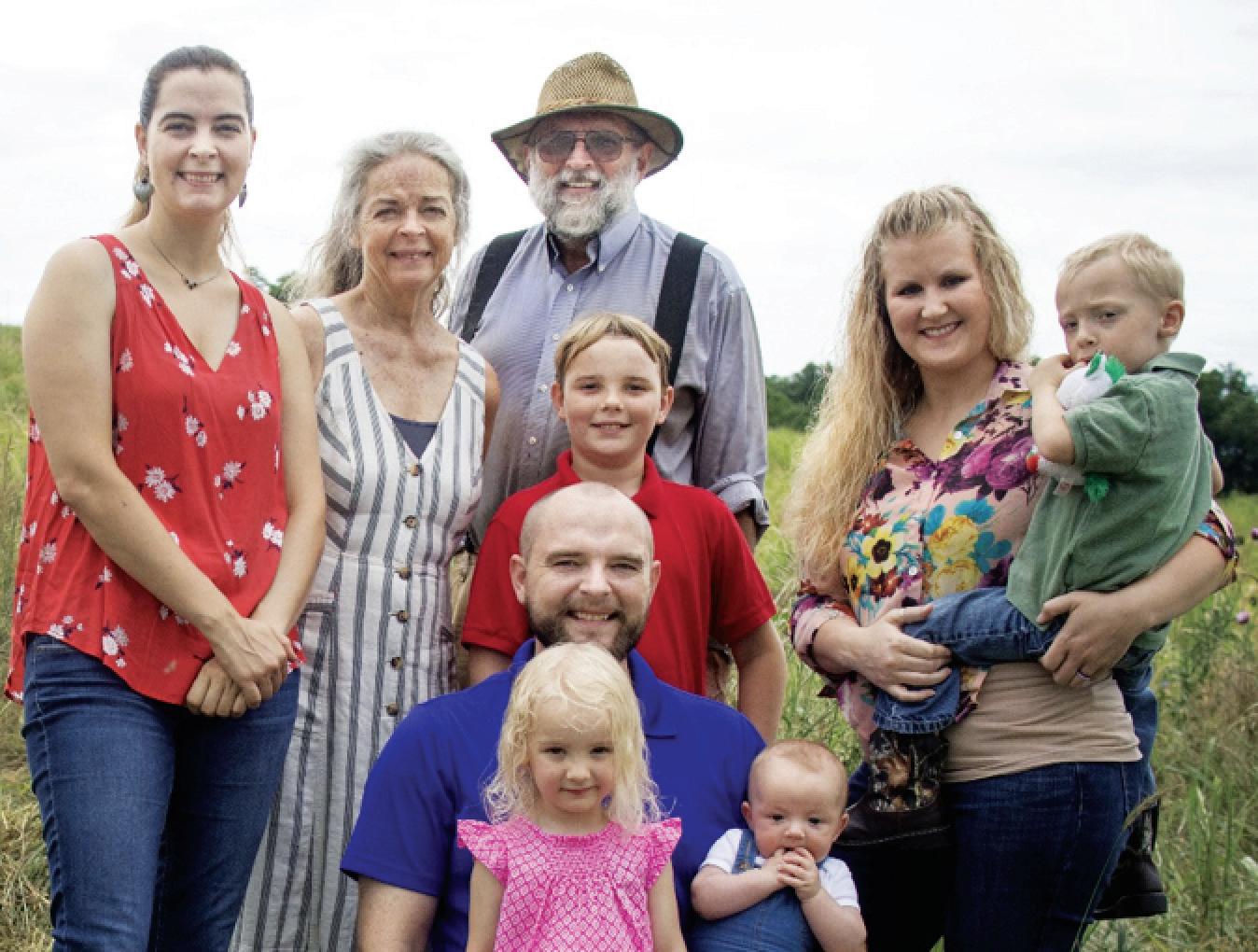
Wyn’s father, Dr. Alex Miller, has cooperated with the University of Tennessee Institute of Agriculture as well as NRCS to incorporate several environmentally sustainable practices through the years including incorporating native warm season grasses into pastures. These grasses provide diversification for species, summer grazing and because the roots are up to 10 ft deep, drought tolerance. These deep roots also have the potential to provide carbon sequestration in the soil. “As the emerging market for carbon sequestration develops, these grasses could provide opportunities for producers to monetize the carbon they are sequestering. Many companies in the US including JBS and Tyson Foods have developed long-term sustainability goals that includes being carbon neutral in the coming decades.” shared Dr. Forbes Walker, a professor at UT in the Department of Biosystems Engineering and Soil Science who has worked with Lick Skillet in the past. “It is kind of the wild west in emerging carbon markets right now, but I believe in 5 years there will be real opportunities for landowners to participate.” Walker has heard of some Carbon Market companies attempting to sign up groups of producers under their umbrella but warns there is a lot of paperwork involved and some of these companies appear to be taking the lion’s share of the profits. He believes in time there will be better opportunities for farmers to access the global market themselves and keep more of the profits. He believes cattle producers in Tennessee and the entire southeast have opportunities to benefit financially but it will take some changes in management. Dr. Forbes Walker see’s livestock as the key to sustainability rather than a liability. ““It is important to remember that while cattle may produce a lot of carbon dioxide and methane, they do this a several acres per animal. There is a lot of potential to change the way we graze cattle and manage pastures, to increase carbon sequestration and reduce methane emissions.”
The University of Tennessee Institute of Agriculture recently received a $30 million grant from USDA to help grassland farmers enter the emerging carbon economy while enhancing productivity and ecological benefits. “This grant from USDA is a great opportunity to contribute to improved management of our state’s and region’s grasslands, our pastures and hayfields,” says Patrick Keyser, director for the Center for Native Grasslands Management and professor in the UT Department of Forestry, Wildlife and Fisheries. “Just as importantly, it provides a path forward that can link our family farms throughout the Mid-South to emerging agricultural carbon markets. To me, that adds up to healthier grasslands and more profitable farms.”
At the Middle Tennessee Research and Education Center (MTREC) in Spring Hill, cutting edge efforts are taking place to study and reduce methane emissions in cattle. Dr. Troy Rowan with UT’s Department of Animal Science shared that several factors are being studied to reduce methane emissions from cattle including feed additives and genetics. There is an enclosed trailer at MTREC that cattle will enter to get fed and then their methane emission are captured and measured. “Curbing methane emissions at the animal level will rely on a two-pronged approach of temporary interventions like feed additives, and more permanent solutions like genetic selection. Groups at UT are working on both of these fronts using C-Lock GreenFeed units to measure emissions on grazing cows. My group is interested in understanding how genetics plays a part in methane emissions, and how that phenotype impacts other production traits like feed efficiency. Other groups are also interested in understanding how the microbes in the rumen drive emissions and efficiency, while others are trying to understand the impacts of forage type and quality” shared Rowan.
I asked Wyn, as an environmentalist, how she balances her love of farming and providing local meat to your community, with some of the environmental concerns around cattle and methane production? Wyn shared that she believes methane is a concern for the environment but that the work being done by the University of Tennessee Institute of Agriculture on ways to reduce methane production in cattle has lots of potential. Wyn is interested in partnering with researchers in finding ways to include practices in her grass-fed operation. Visit https:// lickskillet.farm for more information on purchasing products and on their conservation practices.
